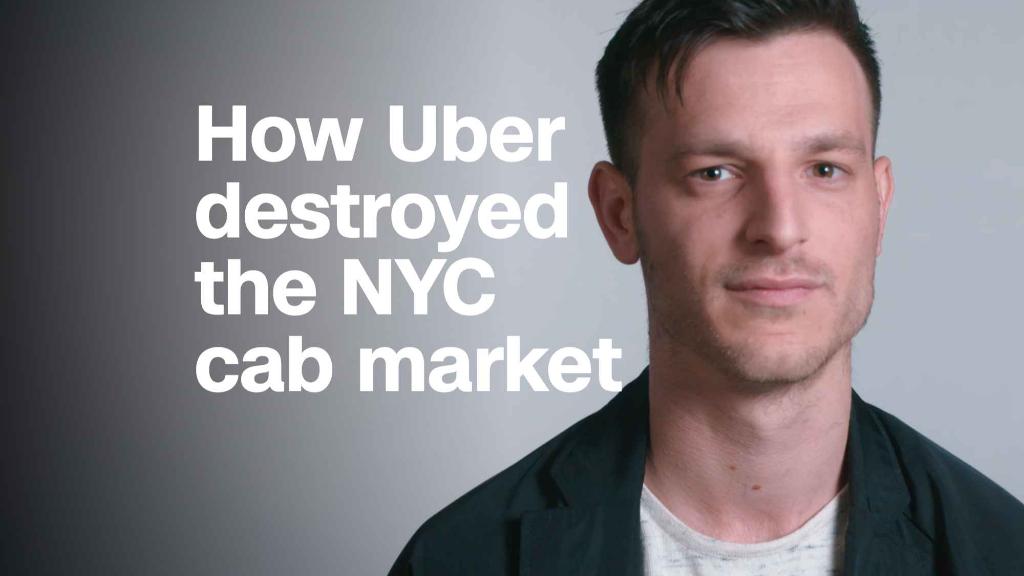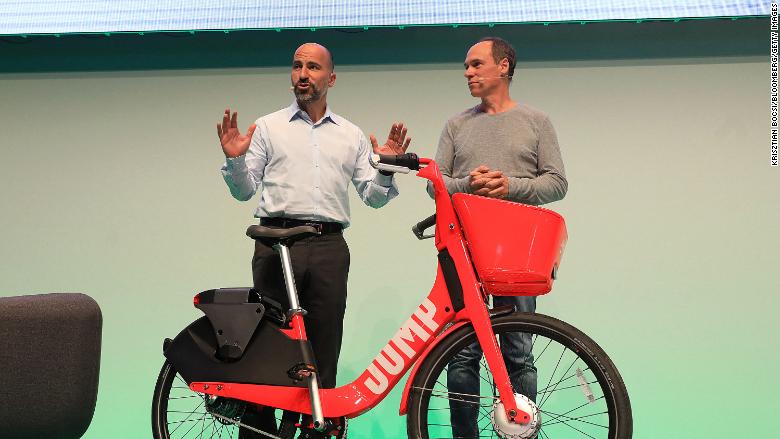
The CEO of Uber is encouraging customers to book bicycles instead of cars for short urban trips, even if that costs his company.
"During rush hour, it is very inefficient for a one-tonne hulk of metal to take one person 10 blocks," Dara Khosrowshahi told the Financial Times ahead his anniversary as CEO.
Khosrowshahi has used his first year at Uber to start offering customers transportation options beyond cars.
Uber launched an electric bike option in February in San Francisco, and has since expanded the offering to a handful of other American cities. In April, the company announced that it had acquired electric bike-share startup Jump Bikes.
The expansion is about more than just bicycles: A new electric scooter option will soon be available in San Francisco and other cities.
"There's a $6 trillion mobility market, and no one product is going to be serving that whole market," Khosrowshahi told the Financial Times.

The CEO acknowledged that emphasizing bikes and scooters at the expense of cars was likely to hurt sales. But he said it was better in the long run to give users options.
"We're able to shape behavior in a way that's a win for the user. It's a win for the city. Short-term financially, maybe it's not a win for us, but strategically, long term we think that is exactly where we want to head," he said.
Uber drivers are even coming around to the idea, he said.
Khosrowshahi said drivers see that bicycles would reduce demand for short rides, leaving them to complete longer, more lucrative journeys.
"When I've spoken to our driver partners about it, the first impression was, why are you bringing in a bike to compete against me?" he said. "The second impression after the conversation is, 'Oh, I get a longer ride where I can make more money? Sign me up.' "
Uber said last month that it had seen real changes resulting from its trial of electric bikes.
New riders taking a spin on its electric bikes in San Francisco are more likely to continue riding the bikes instead of hopping in one of its cars. The greatest shift away from cars occurred each weekday between 8 a.m. and 6 p.m., when traffic congestion is at its worst.
— Matt McFarland contributed reporting.

